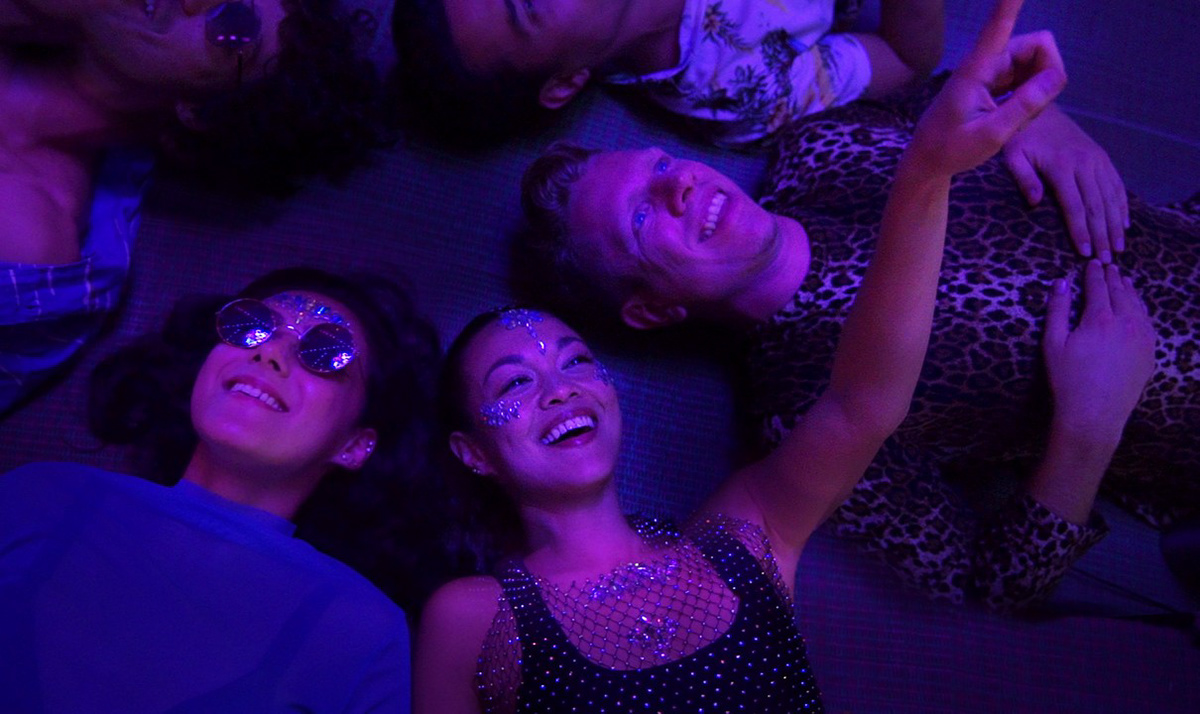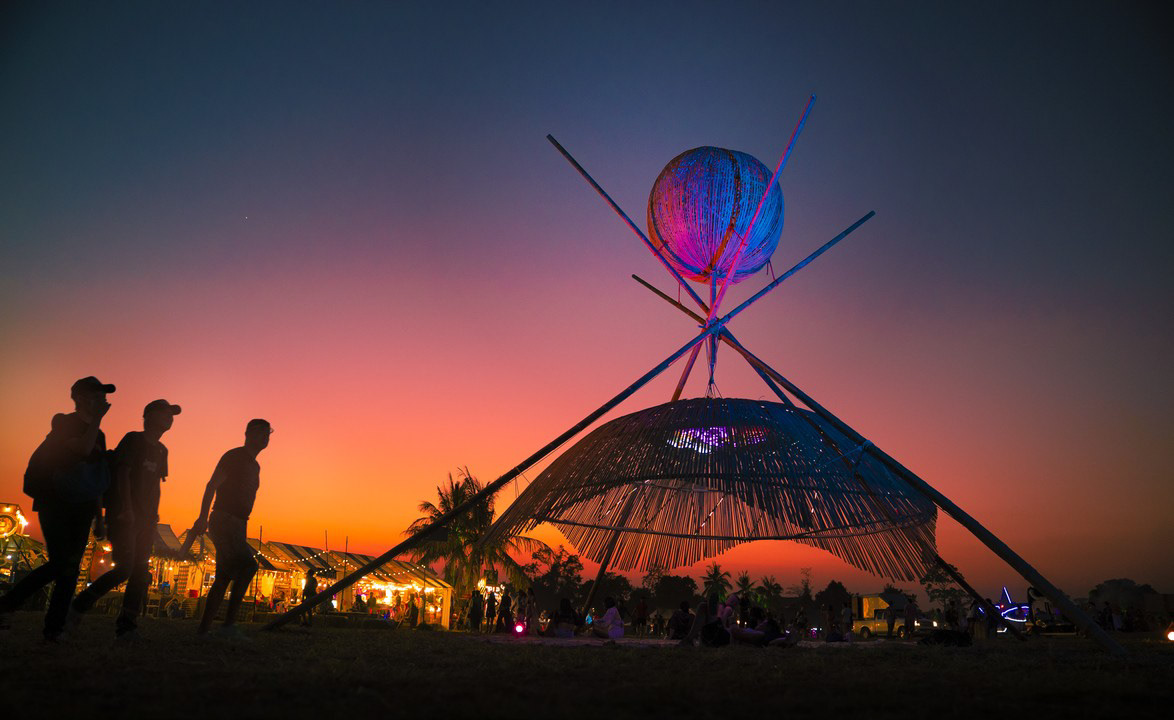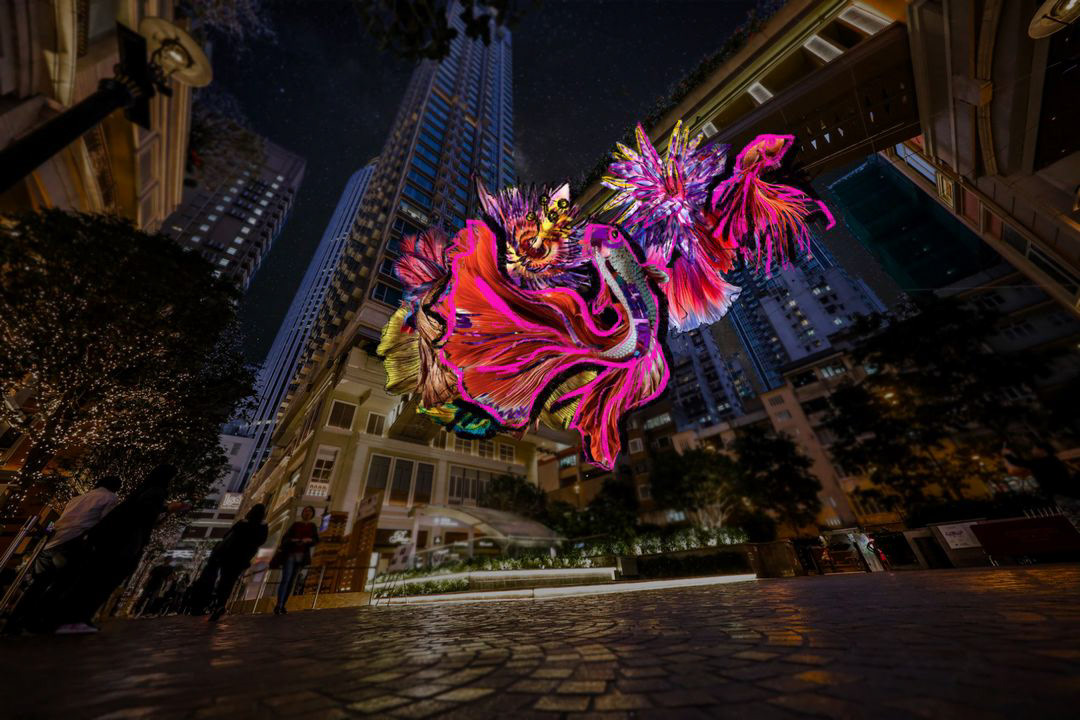Our global site-specific art installations value sustainability and the notion of giving a second life to everyday materials.
We aim to promote the practice of recycling beyond the act of putting items in the recycling bins.
By breaking the single-use habit, the community is encouraged to participate in our sustainable methodology through art making, where they can install the preloved items to our structure and in turn help strengthen our installation at the same time.
[upcoming]
AfrikaBurn 2024
AfrikaBurn 2024
In today’s world of uncertainty, it has become harder and harder to keep hope alive for change. Our instincts have had to adapt to survive physically and mentally and it is frankly exhausting. Our art installation hopes to be a space for connectivity and shared resilience where people can seek refuge to re-learn what our ancestors have already endured so that we may never make the same mistake again.




Resilience x knowledge sharing
As the Wonderers approach, they will find an inviting, open gathering space beneath its towering structure. Here, the wisdom of the ages and the lessons of our ancestors converge. This installation serves as a testament to their enduring strength in the face of adversity, a reminder that even in uncertainty, we can find connection and shared resilience.
In a world where adaptation is the new norm, we invite the Wonderers to seek refuge within this luminous haven. Here, the Wonderers can relearn the timeless lessons of those who came before us, ensuring that history does not repeat itself. In the embrace of this radiant sanctuary, we discover the power of unity, the warmth of shared experiences, and the enduring hope for a brighter tomorrow.
Wonderfruit Festival 2019
Haiijaii (meaning “breathe” in Thai) is a light installation fueled by data from the air quality index collected from various locations around the world. The lights “breathe” according to the pureness of the air. Some will flicker, emulating us choking from pollution and some will pulse slowly, like steady inhalation and exhalation from a healthy atmosphere.
🏅Sky Design Awards - Bronze






Art x Sustainability
The art installation is made out of recycled used and unwanted materials, Haiijaii aims to give a second life to the preloved, and promotes sustainability in all the materials we use.
Sustainable materials
In this modern single-usage era, we would like to restate the practice of giving a “second life” to our preloved items. Ranging from bamboo woods, commercial neon signs, and beach mats. These materials serve as visual stimulations for inspiring cohabitation in the world; the city, the forest, and the beach, nourishing them, nourishing us.
Neon – The intangible cultural visual language
We are reconstructing used and unwanted commercial neons, and giving them a new life in terms of visual shape and purpose.
In Haiijaii, our art installation, each set of neon piece would represent a country or region.
Traditional commercial use of neon light peaked at its height in the 1950s, when it became the inspiration for a lot of futuristic sci-fi movies.
With its downturn due to the rise of commercial LED neons and lightboxes as well as government regulations, neon became a declining and shrinking scene globally. However, in recent years, there has been an artistic revival reformation to bring back neon, as seen around the world in artworks, commercial spaces, and signage.
Lee Tung Avenue 2020
Hanging down from Lee Tung Avenue’s iconic bridge, our field of goldfish-inspired flowers crowns the view of Hong Kong’s architecture.
(Project on-hold due to the Covid-19 situation)


Sustainability, recycling, and air quality are not a widely practiced idea in Hong Kong. Through our latest installation, we hope to make this installation an introductory activity where recycling is not a single-use action. Pre-loved items don’t always belong in the recycling bin but can be turned into beautiful and unexpected artwork. The audience is thus invited to participate in adding their part to the artwork.
As goldfish lanterns have been a long Chinese tradition, we borrowed the visual aesthetic, spirit, and dynamic of the animal, especially for its tail because of its symbolic meaning of good luck.
The fiery silhouette of the goldfish flower also resembles the Dragon Fire Dance and the fire that lit up the traditional lanterns.
Amsterdam Light Festival 2020
Ademen is an engaging light installation made out of LED light strips, illustrating a crying face gasping for air as she suffocates from pollution. The light movements represent her flowing tears and her breathing mouth, reacting to the daily data of the air quality index from our chosen cities.
(Shortlisted from 600+ applicants to 2nd round)


Ademen was inspired by the old Dutch folktale character; the Witte Wieven who was an unappreciated healer, much like modern-day Mother Nature.
Witte Wieven’s healing abilities as an herbalist were often questioned and thought to be a trickster witch. Her power in helping with physical and mental ailments reminded us of the personification of Mother Nature, who is also taken for granted and abused.
According to 2016 calculations by environmental organisation Milieudefensie, Het Parool reports that breathing in Amsterdam for a day is equivalent to smoking 6 cigarettes but considering Amsterdam is regarded to be one of the cities in the world with better air quality, how bad is it then for developing countries? And who or what is causing poor air quality in these places?
Many developed countries have economic interests and investments in other parts of the world, outsourcing consumerist production, usage of electricity, and waste management to other parts of the world. This therefore does not mean that these countries do not produce pollution, it is just in another place than their own.
With Ademen, our engaging light installation, we are looking to illustrate the wise woman’s face gasping for air as she gets suffocated by air pollution: Her tears “flow” and mouth “breathes and suffocates” according to the air quality index of our chosen cities. For tears, we will use data from Amsterdam (Netherlands) and for breathing we will use data from Delhi (India), Riyadh (Saudi Arabia), and Xingtai (China) rotating on a consecutive set of days.
Ademen hopes to create a link between all these factors, to help our visitors realize that pollution is simply not a one-way transaction but a heavily weaponized concept also in modern-day society that requires everyone to come together and take responsibility. Thus when nature calls, we have to answer it from every aspect that makes up a society such as cultural, environmental, and political.
Visitors will experience Ademen as they cruise down the Amstel (or other suitable bridges) and go through the mouth of our wise woman.
The streaming lights of tears will flow out as they pass, with her mouth trying to grasp a bigger breath simulated by our light animation. These light effects are responsive to our set of daily air quality index data.
Visitors can also see Ademen from afar and be astonished by the giant face of our wise woman, leading them to walk over and breathe with her.
Visitors can also see Ademen from afar and be astonished by the giant face of our wise woman, leading them to walk over and breathe with her.